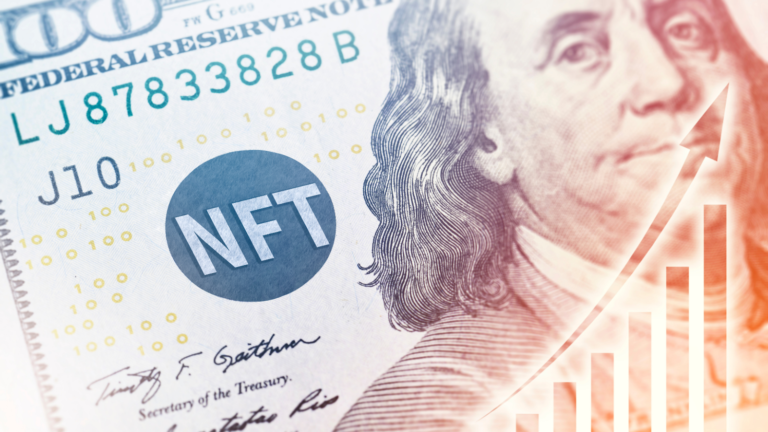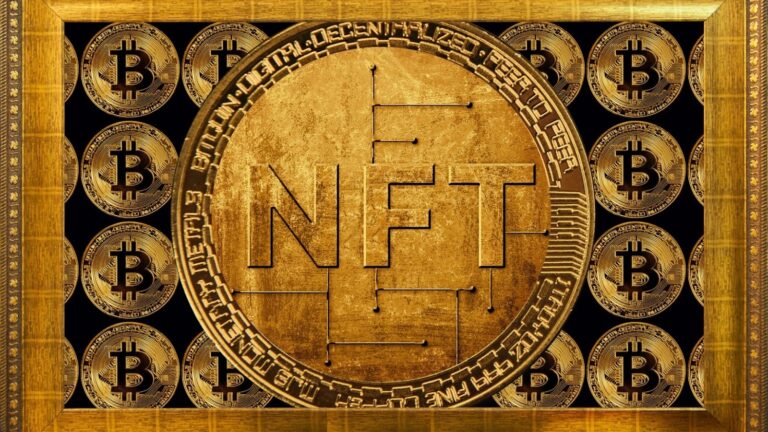In the ever-evolving landscape of digital assets, non-fungible tokens (NFTs) have emerged as a groundbreaking phenomenon, revolutionizing how we perceive and exchange digital content. From art to music, tweets, and virtual real estate, NFTs have transcended niche markets and permeated mainstream culture. In this article, we delve into the world of NFTs, exploring how celebrities and brands embrace and reshape the landscape of digital ownership.
The Rise of NFTs: A Brief Overview
Non-fungible tokens are unique digital assets authenticated using blockchain technology, commonly the Ethereum blockchain. Each NFT is distinct, making it different from interchangeable tokens like Bitcoin or Ethereum. The blockchain ensures the scarcity and provenance of these digital assets, providing a transparent and secure way to buy, sell, and trade them.
Digital Art and Collectibles: The Pioneers
The art world largely drove the initial surge in NFT popularity. Digital artists found a new market for their work as collectors and enthusiasts embraced the concept of digital ownership. Iconic pieces like Beeple’s “Everyday: The First 5000 Days” fetched millions in the auction houses, signaling a paradigm shift in the art market.
Celebrities as Trailblazers
Kings of the Court and Pixels: NBA Top Shot
The NBA, always at the forefront of innovation, introduced NBA Top Shot—an NFT platform that allows fans to buy, sell, and trade officially licensed NBA collectible highlights. Basketball enthusiasts can now own a piece of iconic moments from their favorite games, immortalized as NFTs. This has created a new revenue stream for the NBA and deepened the connection between fans and the sport.

Musicians Hitting the Right Note: Grimes and Kings of Leon
Musicians have also jumped on the NFT bandwagon. Canadian artist Grimes auctioned exclusive digital art and music through NFTs, earning substantial sums. Grammy-winning rock band Kings of Leon released their latest album as an NFT, giving fans access to exclusive content and experiences. This trend suggests a paradigm shift in how musicians monetize their art and engage with their audience.
Brands Entering the Digital Fray
Fashion Forward: Gucci and Nike
Luxury brands like Gucci and Nike have recognized the potential of NFTs in creating digital fashion items. Gucci, for instance, launched its NFTs featuring virtual sneakers. Nike patented a system for tokenizing shoes, allowing users to authenticate and trade virtual versions of their physical footwear. This intersection of fashion and technology hints at the transformative power of NFTs beyond traditional art and music.
Tokenizing Tweets: Jack Dorsey and the Birth of Valuable Tweets
Twitter CEO Jack Dorsey made headlines by selling his first tweet as an NFT for over two million dollars. This event marked a new era where even digital text can hold significant value. The idea of tokenizing tweets has allowed content creators and influencers to monetize their digital presence.
Acquiring NFTs
The allure to get free NFTs has sparked considerable interest in the quest for digital ownership. While some platforms occasionally offer promotions or giveaways, consistently obtaining valuable NFTs without any investment remains more myth than reality. Airdrops and giveaways, where projects distribute free tokens to cryptocurrency holders or participants meeting specific criteria, offer a glimmer of hope. Joining NFT communities and forums can also present opportunities to learn about upcoming projects and potential giveaways, increasing the chances of acquiring NFTs at no cost. However, it’s essential to approach these avenues cautiously, as the NFT space, like any other, has its share of risks and uncertainties.
The Future of NFTs: Challenges and Opportunities
As NFTs continue to gain traction, challenges emerge alongside opportunities. Environmental concerns related to the energy consumption of blockchain networks, issues of copyright infringement, and the potential for market oversaturation are areas that demand attention.
Environmental Concerns: The Carbon Footprint of NFTs
The energy consumption of blockchain networks, particularly in the case of Ethereum, has been a subject of debate. The process of minting and trading NFTs contributes to the carbon footprint, prompting discussions about the sustainability of this digital asset ecosystem. Solutions like the transition to eco-friendly blockchain alternatives are being explored to address these concerns.
Copyright and Intellectual Property: Navigating Legal Waters
The ease with which digital content can be copied and distributed raises questions about copyright and intellectual property. Ensuring that artists and creators are fairly compensated for their work while preventing unauthorized duplication is a challenge the NFT space must confront. Smart contracts and blockchain technology offer tools for establishing and enforcing ownership rights, but legal frameworks must evolve.

Conclusion
The embrace of NFTs by celebrities and brands signifies a digital renaissance where the boundaries between the physical and digital worlds blur. From virtual sneakers to iconic tweets, digital ownership reshapes industries and challenges traditional notions of value. As the NFT space evolves, addressing environmental concerns and legal complexities will ensure a sustainable and inclusive future for digital ownership.




